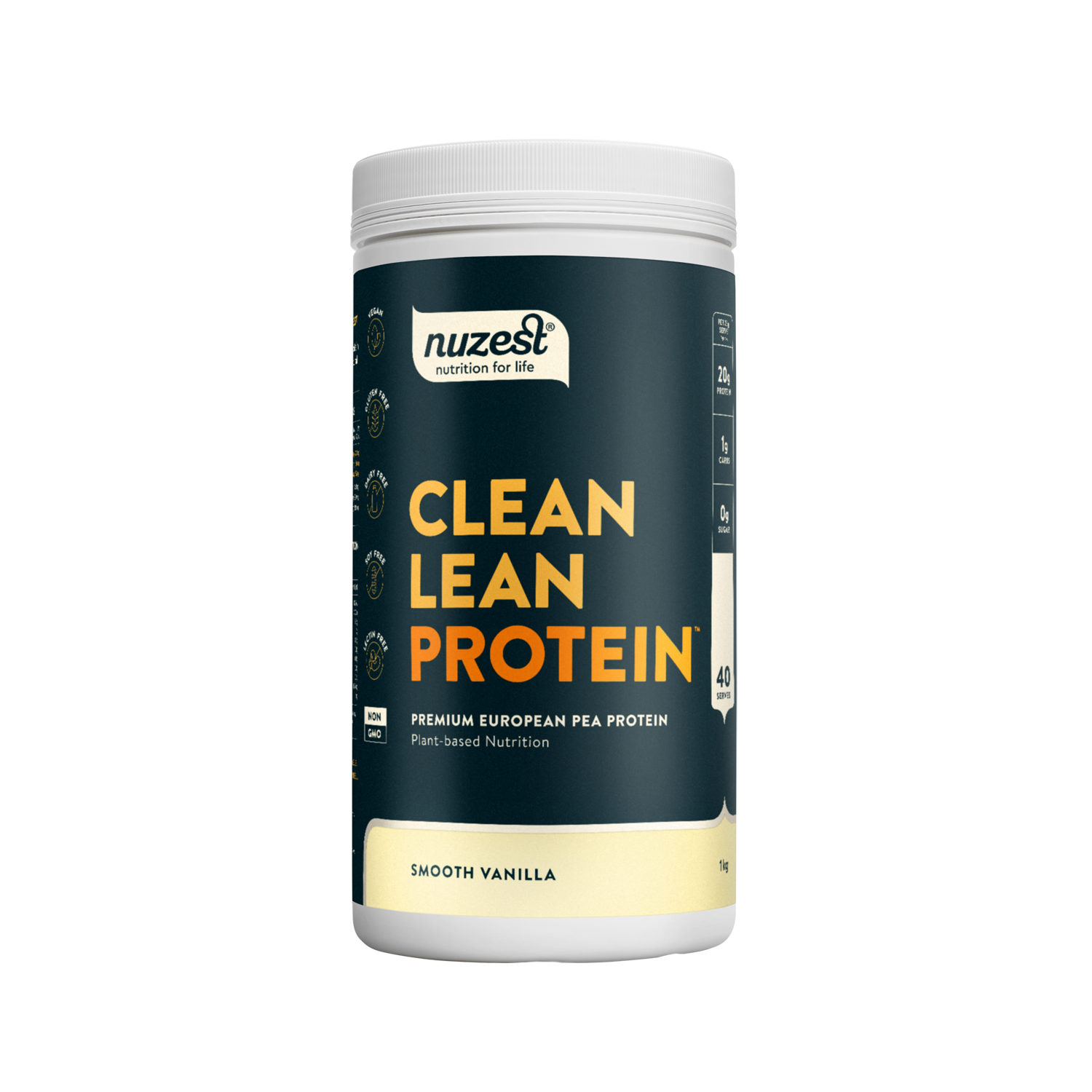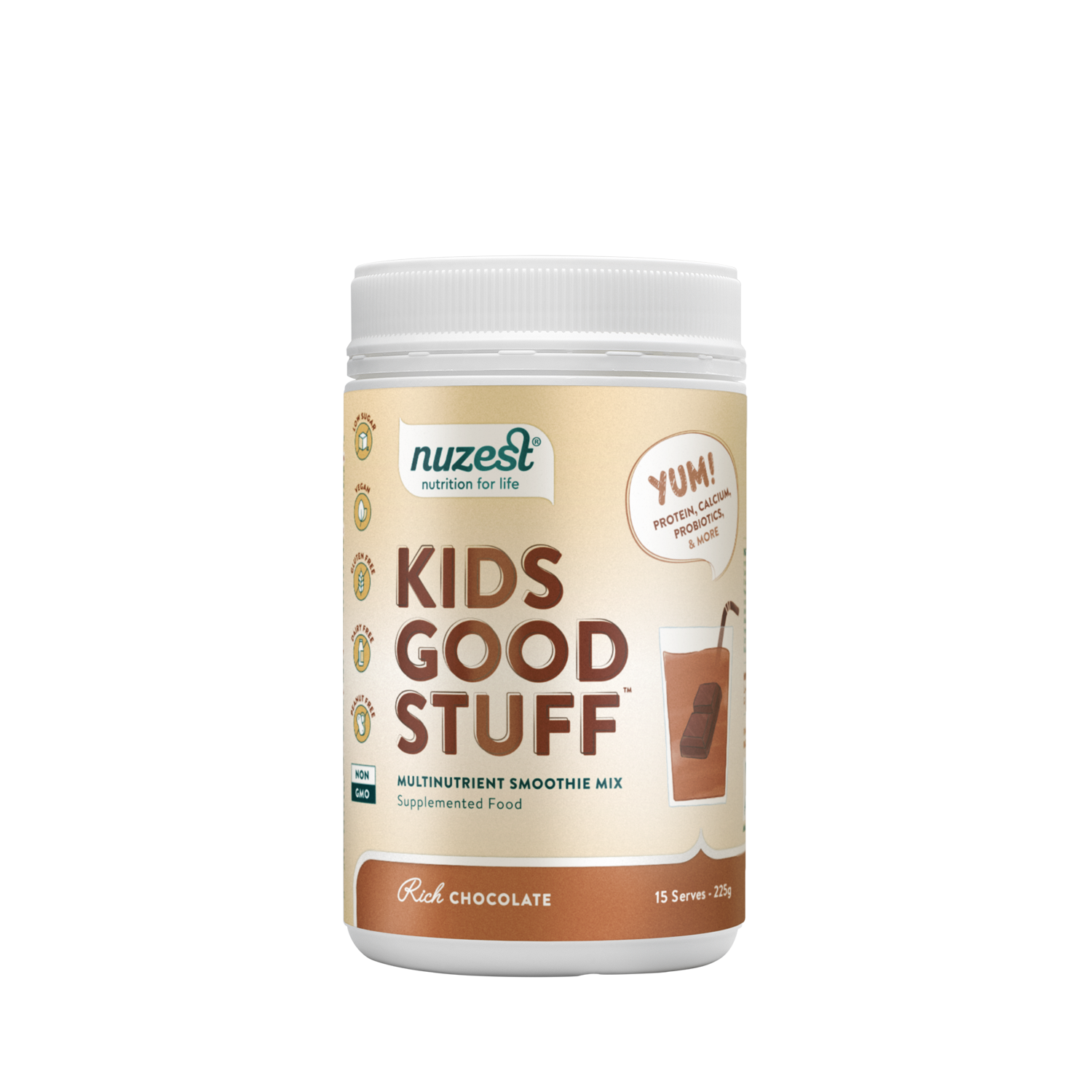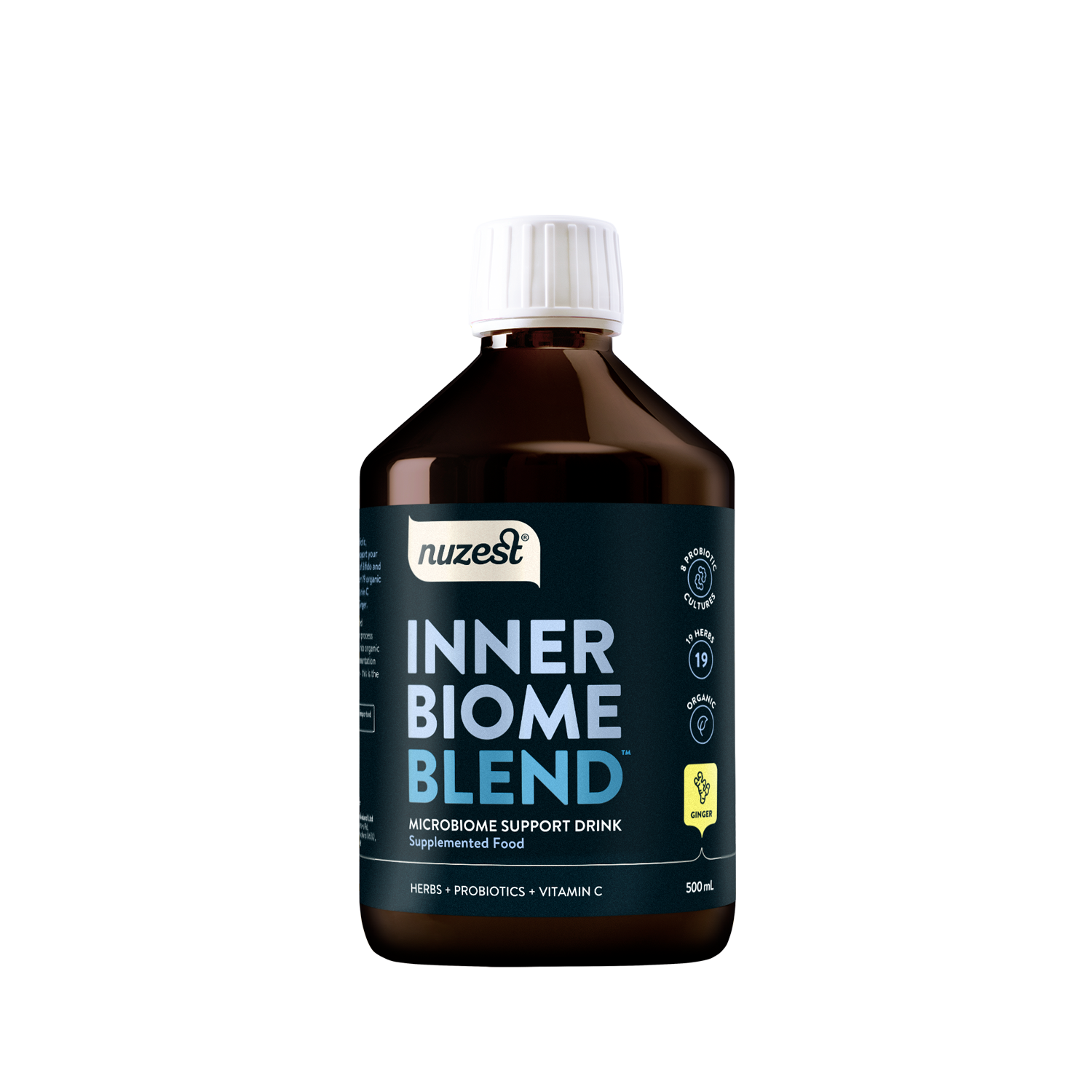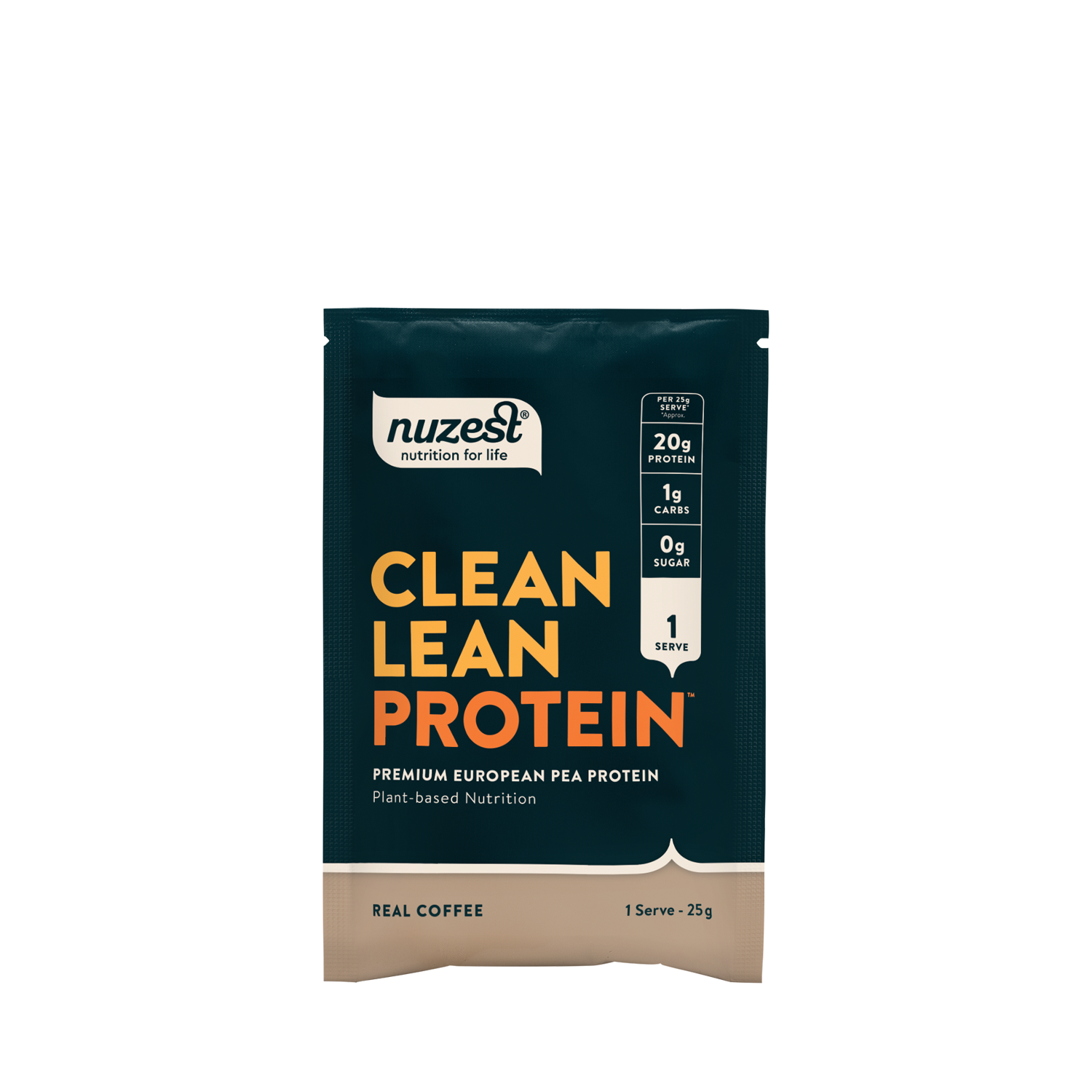Green Tea
Camellia sinensis
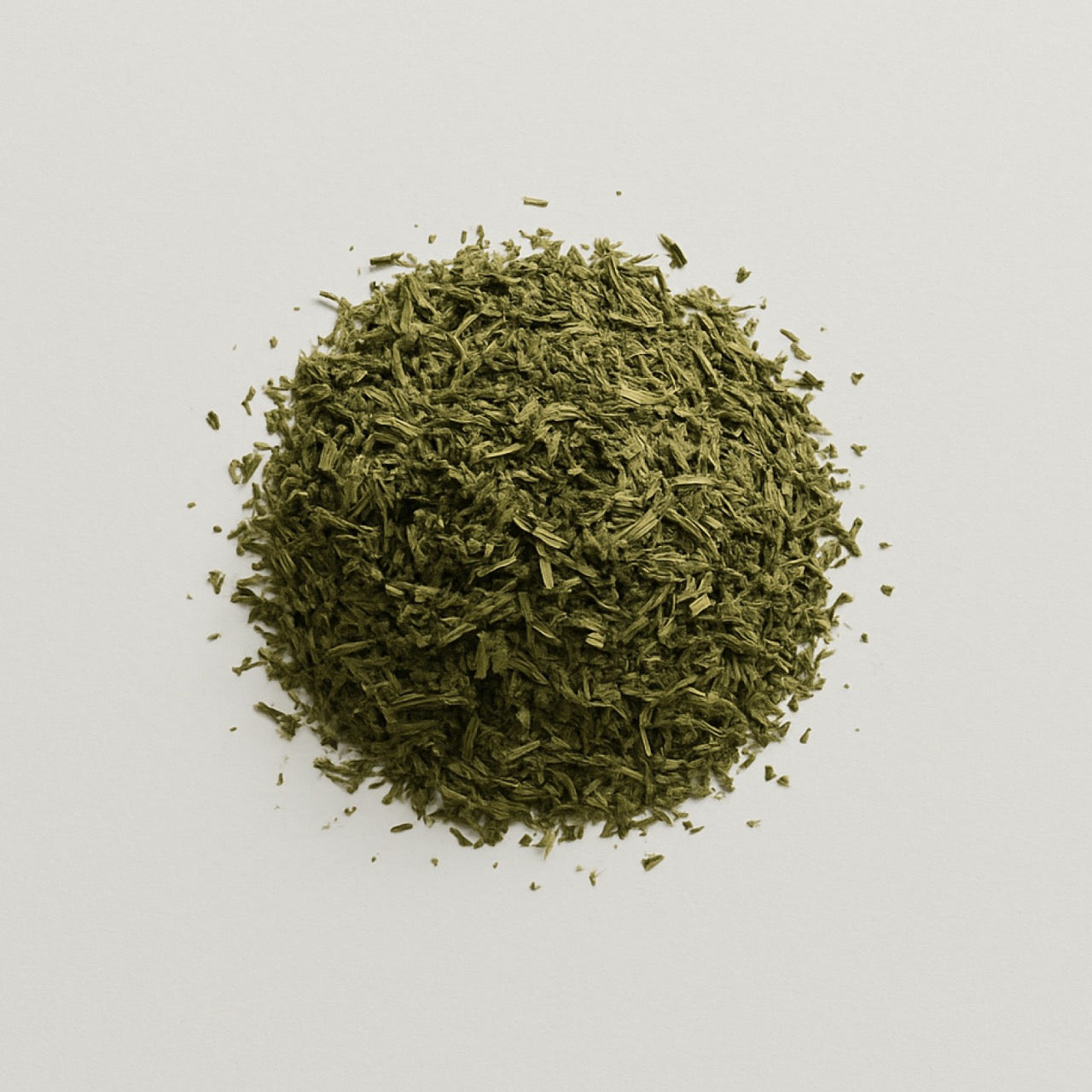
Green tea is made from the unoxidised leaves of the Camellia sinensis plant. It is commonly consumed as a beverage and used in extracts for supplements.
Products:
Green Tea for Brain Health and Cognition
Green tea supports brain health and cognition by promoting mental clarity and sustained focus. The synergistic interaction between caffeine and L-theanine—an amino acid present in green tea—has been shown to enhance memory, concentration, and overall cognitive performance, helping to maintain sharper mental function throughout the day.¹
Green Tea and Blood Sugar Regulation
The antioxidants in green tea, especially epigallocatechin gallate (EGCG), have been studied for their potential to enhance insulin sensitivity and support blood sugar regulation. Incorporating green tea into the diet may therefore be beneficial for managing type 2 diabetes and promoting overall metabolic health.² ³
Green Tea for Metabolism
Metabolic function may also be supported by compounds found in green tea, including caffeine and catechins, which have been shown to enhance fat oxidation and increase energy expenditure. These effects can contribute to improved body composition and support weight management efforts.⁴
Green Tea and Antioxidants
Rich in catechins, green tea provides antioxidants that help protect cells against oxidative stress and damage caused by free radicals. These antioxidant compounds are important for modulating inflammation, supporting cardiovascular health, and potentially reducing the risk of age-related conditions and chronic diseases.⁵
Does Green Tea Contain Caffeine?
While green tea does contain caffeine, its levels are generally lower than those found in coffee. Depending on brewing time and the specific variety, a typical cup of green tea contains approximately 20 to 45 milligrams of caffeine. This moderate amount can provide a mild energy boost, often without the jitteriness commonly experienced with higher caffeine intake from coffee.⁶ ⁷

